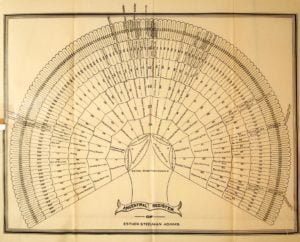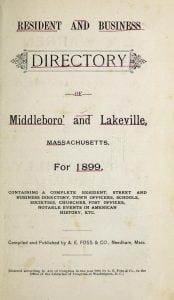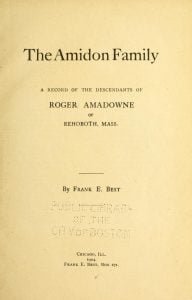Richards, Franklin B.; iron merchant; born, North Andover, Mass., Nov. 12, 1862; son of Albert D. and Mary Preston Richards; educated, grammar and high school, Somerville, Mass.; Massachusetts Institute of Technology, Boston, Mass., 1884, degree S. B.; married, Cambridge, Mass., Nov. 8, 1886, Caroline A. Dimick; two daughters, Katherine E., and Dorothy; chemist Stafford Mining Co., North Stafford, Vt.; 1885, asst. chemist, Joliet Steel Works: chemist Bonner Hill Iron & Coal Co., Youngstown, O., 1886; supt. same Company, 1888; mgr. Ore Sales, Tod, Stambaugh & Co.. Cleveland; mgr. Buena Vista Iron Co., Virginia, 1890-1893; Ore Dept., M. A. Hanna Co.; … Read more








